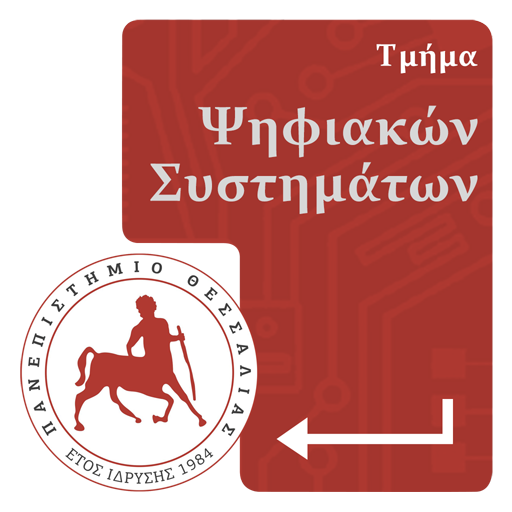Digital Communication Systems
Module ID
Υ502
Semester
5
Hours/Week - ECTS
5 – 5

George Karetsos
Professor
Learning Outcomes
Upon completion of the course, students will be able to:
- Encode a signal source and find its entropy.
- convert a signal from analog to digital and find the quantization error.
- find the required bandwidth for PCM systems.
- create geometric representations from the waveforms of the signals.
- know the function and how to use the correlation demodulator.
- know the function and how to use the custom filter demodulator.
- know the function and how to use the optimal carrier.
- They will familiarize themselves with the issue of demodulation and understand the relevant methodologies for recovering the transmitted signals at the receiver.
- Determine the potential for error for various digital modulation techniques and understand ways to minimize it.
- study the issue of digital transmission over limited bandwidth channels and understand the problems arising from this fact.
- design signals suitable for bandwidth-limited channels.
- specify AWGN channel capacity and basic coding principles for reliable communication.
- solve design problems of digital telecommunication systems using appropriate PC software.
Indicative Module Content
-
Sources of information, entropy, and coding.
-
Nyquist theorems (regarding the required bandwidth).
-
Analog to digital conversion: Pulse Code Modulation (PCM), Differential Pulse Coding (DPCM), and Delta modulation (DM).
-
Introduction to the concept of noise and noise channel modeling (Gaussian white noise additive, AWGN).
-
AWGN channel capacity.
-
Baseband digital transmission techniques: Pulse Amplitude Modulation (PAM) and Pulse Position Modulation (PPM).
-
Optimal detector design for digitally modulated signals in the presence of Additive White Gaussian Noise.
-
Intersymbol interference phenomenon and its elimination with raised cosine filters.
-
Passband digital modulation techniques: Phase shift keying (PSK), Phase shift and amplitude modulation (QAM), frequency-shift keying (FSK).
-
Error probability of digital modulation techniques

